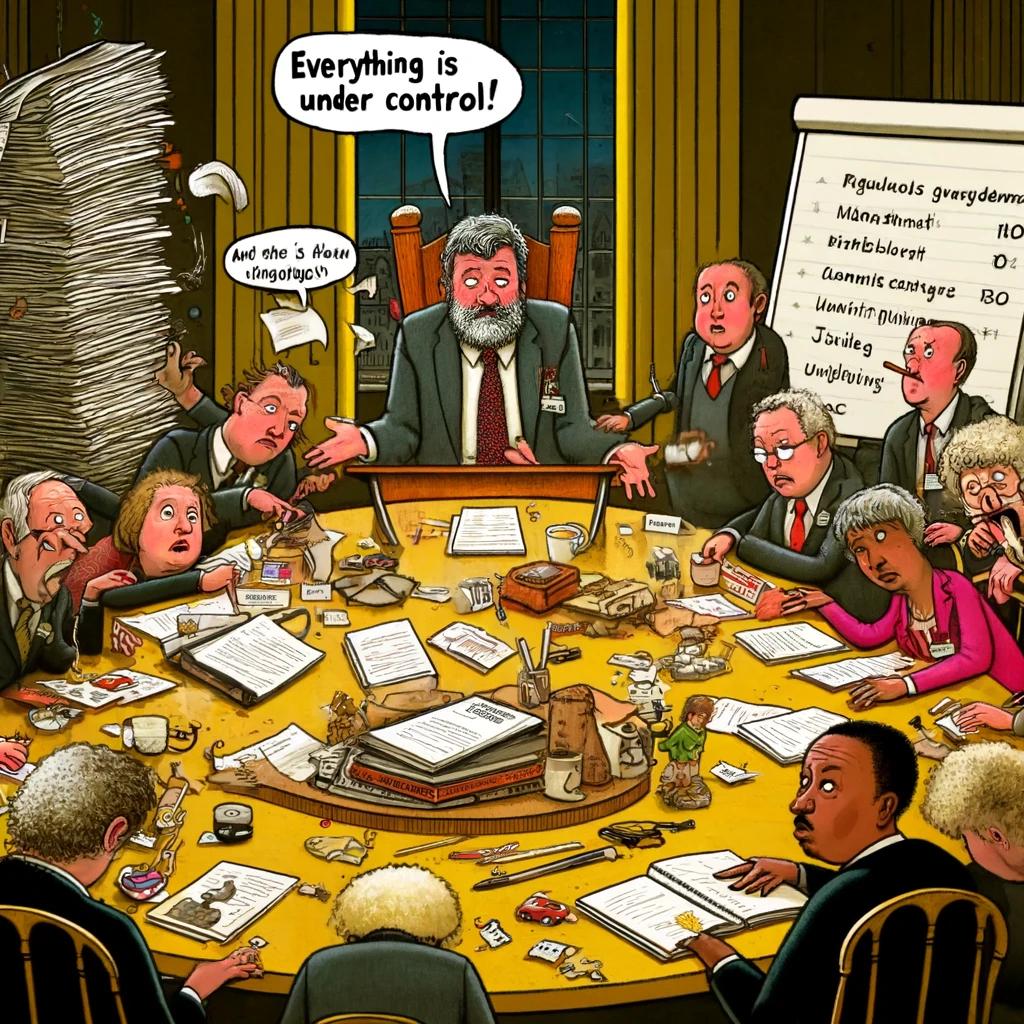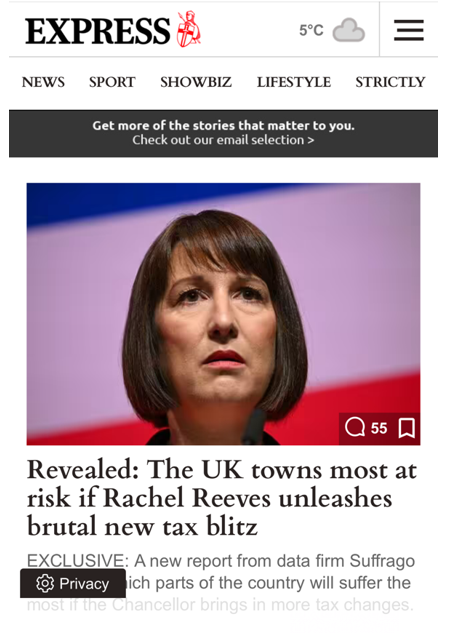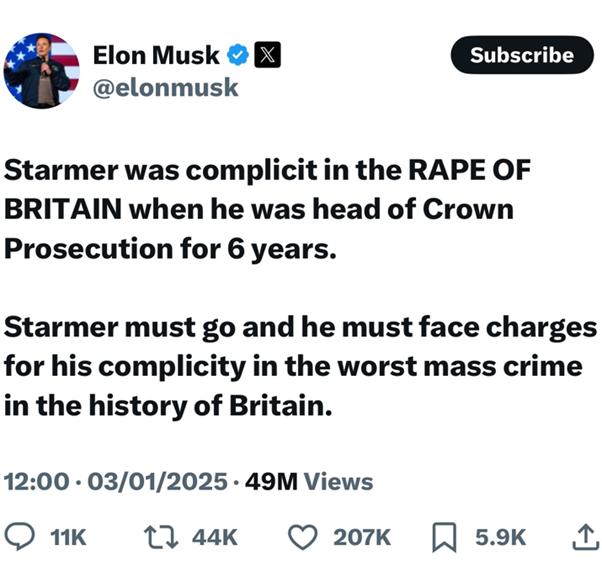Introduction and Welcome
A warm welcome to my avalanche of new subscribers. I’m humbled to have you. Let’s get to it.
My Legal Experience
In two decades as a lawyer, I’ve worked on thousands of litigation cases. Usually, I represented a Claimant—typically an individual—wronged by a more powerful opponent, the Defendant. Sometimes, only sometimes, I defended Defendants, from PLCs to individual Joe Public and everything in-between. I preferred representing David over Goliath, even if David was no angel.
Privileged to enjoy front-row tickets to all these horrible disputes, I’ve seen humanity at its best and worst. I can tell you that if you want to know the true character of someone, then see how they behave amid unpredictable, often intractable, and messy litigation. Claimant litigation lawyers get a crash course in the human condition. The law can be dull; individuals rarely are.
Insights from Legal and Organisational Experience
Lawyers not only gain access to the psyches and decision-making processes of individuals, but we also observe how organisations of all sizes act under pressure. What may surprise non-lawyers is that the merit of a case is just one factor in how a dispute will play out; equally important are the personalities of the key players, their incentives, risk appetite, and decision-making processes.
And away from law, I’ve been involved in all sorts of organisations, from political parties, charities, trade unions, to non-profits and campaign groups. And I’m a director of six companies and advisor to a few.
The Worst Organisational Structures
Having quit being a solicitor (which I don’t miss one bit!), and with my fascination for how people and organisations make decisions, I have been reflecting on what are the worst type of organisational structures. It’s an easy choice: schools and charities.
For similar reasons, both schools and charities are governed in a ludicrous manner, but nobody talks about it. Frequently, they make atrocious decisions; or they don’t make necessary decisions, which in itself is a decision. Let me explain why their governance structures are so silly.
Simplifying somewhat, schools are governed by a board of governors and charities by a board of trustees. Excluding teacher governors, these governors and trustees are not paid for their important work, yet they are burdened with significant regulatory, financial and reputational liabilities. The root cause of the problem is lack of pay, for trustees are barred from receiving remuneration. As the late, great Charlie Munger correctly identified, “Show me the incentive and I’ll show you the outcome.” What, really, can we expect from free labour?
Not paying governors and trustees means these essential roles do not receive the care and attention needed. Compounding the problem, board meetings are infrequent, giving key players limited insight into what is happening, and often—because there is no payment—many people miss meetings.
The Challenges of Board Governance
No trustee or governor wants to remove another for missing a few meetings, as meetings are faster with fewer people and the process of removing and recruiting someone is lengthy. “I didn’t sign up for this” is the typical refrain from governors and trustees when issues become tricky and time-draining.
To compound the silliness, board meetings are usually dominated by the head teacher, in the case of a school, or the CEO, in the case of a charity. These leaders are usually full-time, skilled and experienced professionals. Oftentimes, they have scant regard for their bosses—the governors or trustees—who frequently have little knowledge of the organisation and little time. It’s not in the interests of either leader to provide their bosses with full information. So, they don’t.
This is how cover-ups occur, which is why people within schools and charities rarely feel able to blow the whistle. Let’s face it, schools and charities are the personal fiefdoms of their leaders. Service users and staff must cross their fingers and pray for a benign and competent dictator. Show me a failing school and I bet it’s the fault of the Head, facilitated by the dysfunction of the governance structure.
The Power Dynamics and Lack of Accountability
And Head Teachers enjoy even more power, because we humans have all been wired to fear such people. This results in a terrified board of governors. Heads are swamped with tonnes of education data, which is gobbledygook for the average governor to unravel, so they don’t. These boards cannot ask probing questions of the head, turning board meetings into rubber-stamping affairs. Heads can, and do, blind their paymasters with data science.
And parent governors, in the case of a school, usually only have an interest while their children attend the school. Usually, they don’t speak truth to power for fear that their children will be disadvantaged. And the wily Head knows this, ensuring that the children of parent governors get to see the best of the school. When a parent governor finally gets to understand the workings of a school, their children leave and so do they, taking with them all the institutional knowledge. And for most governors and trustees, this is a first appointment, so they don’t know the right way to do things. Training is light-touch and—of course—unpaid.
And the “selection process” for such key people is usually not selective and often without due process. Governors and trustees are often connected with the CEOs and Heads. The blurring of friendships, loyalties and employer-employee relationships adds to the dysfunction. Understandably, the leaders of these organisations select people they know, because recruiting unknowns takes far longer. In my experience, headteachers and CEOs tell their boards that everything is hunky-dory, so “hunky-dory” is recorded in the minutes. This is North Korean.
Who Becomes a Governor or Trustee?
And who are these selfless trustees and governors (as I have been) who bravely put themselves forward to accept such legal burdens? Well, they’re usually well meaning, but also—let’s be frank—they’re in search of status (that’s half a reason why I accepted one such position) and they’re available. Therefore, busy people, people with caring responsibilities, or full-time jobs, don’t usually apply. Thus, these cobbled-together boards lack age diversity, neurodiversity and class diversity. Group think is the norm. Board members need to be wealthy enough not to need be paid for their time, thereby excluding most people from applying.
The Primary Role of Boards and Its Challenges
The primary role of boards is to manage and direct the headteacher or CEO, and, if necessary, to fire them. However, this rarely happens due to a host of challenges. For one, these leaders often dominate the board meetings, controlling agendas and narratives. They are privy to the board’s spending decisions, such as on legal advice, and can manipulate situations to their advantage. Personal loyalties further complicate matters, as board members may have longstanding relationships with these leaders, making objective decision-making difficult. Additionally, the meetings aren’t secret, and the dynamics and decisions can become known to staff and other stakeholders, adding another layer of complexity and potential conflict. Consequently, boards find themselves unable to effectively manage or dismiss these leaders, who often operate with scant regard for their supposed overseers.
Even if boards were paid, diverse and skilled, humans don’t like conflict. As Jeff Bezos correctly said, and he knows how to run an organisation, “We humans are not truth-seeking animals. We are social animals.” In ancient times, living in tribes, speaking the truth risked castigation or murder. So, we didn’t. We aren’t wired to speak truth to power, which is probably why my go-to thinker, Nietzsche, observed: “Madness is something rare in individuals—but in groups, parties, peoples, and ages, it is the rule.” Boards—all boards—are a little bit mad, but some are more mad than others.
(Polis, the AI democracy tool I used in my failed election, is potent because it is anonymous, allowing people to express themselves honestly without fear of being cancelled.)
Conclusion
In summary, if we were to imagine the perfect way to dysfunctionally govern a charity or a school, the present structure would be it.
And if you don’t agree with me about any of this, know this: during lockdown, over many months, my two children only received one hour of optional Zoom “lessons” per week from their school. And this was common across the state sector, causing problems within our society which we will be contending with for generations to come. That’s why governance structures matter.
I’m glad I got that off my chest.
(If your organisation requires someone to speak truth to power, you have my details!)










